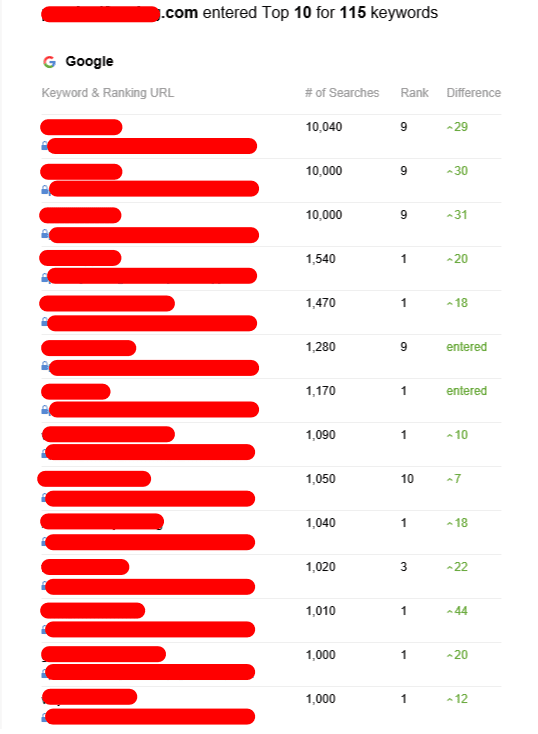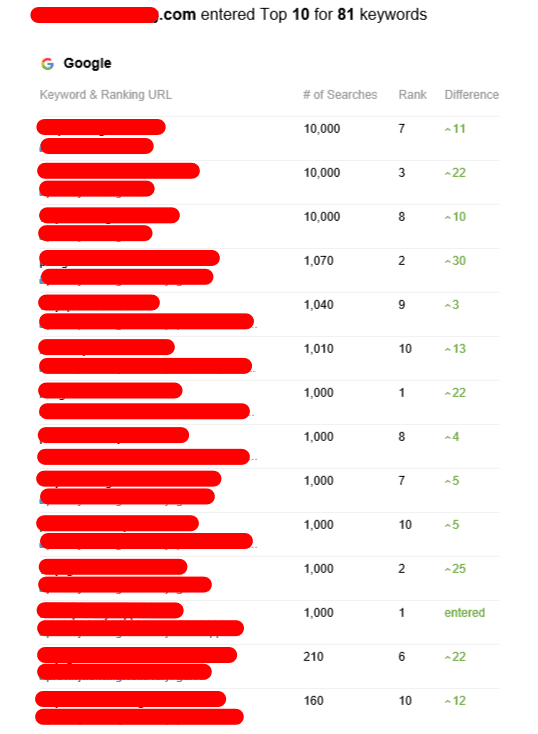
In the competitive landscape of the digital marketplace, businesses are continuously striving to enhance their online visibility and improve customer engagement. One of the most crucial aspects of enhancing business efficiency and profitability is achieving a high conversion rate. Conversion Rate Optimization (CRO) presents an effective strategy to convert casual visitors into paying customers. This article will delve into what CRO entails, the essential elements involved, and practical strategies for optimizing conversion rates.
What is Conversion Rate Optimization?
Conversion Rate Optimization refers to the systematic process of increasing the percentage of website visitors who take a desired action. These actions can vary, Www.Dallaspoldrack.Top ranging from making a purchase, signing up for a newsletter, filling out a contact form, or clicking on a particular link. The primary goal of CRO is to improve user experience, thereby raising the likelihood of conversion while maximizing the value of existing traffic.

Understanding the Importance of CRO
CRO is crucial for several reasons:
- Cost Efficiency: Acquiring new customers often involves significant marketing expenditure. Improving conversion rates allows businesses to exploit existing traffic and increase revenue without incurring additional costs.
- User Insight: By focusing on user behavior and preferences, businesses gain actionable insights, leading to long-term loyalty and customer retention.
- Competitive Advantage: A strong CRO strategy sets a company apart from its competitors, enhancing overall market positioning.
Key Elements of CRO
The following are the primary components that influence a successful conversion rate optimization strategy:
| Element | Description |
|---|---|
| User Experience | The overall experience a visitor has on a website, including site speed, navigation, design, and content. |
| Landing Pages | Specific pages where visitors 'land' before taking action. These pages should be strategically designed for conversions. |
| Call to Action | A prompt for the user to take a specific action, such as "Buy Now" or "Subscribe." Effective CTAs are critical to CRO. |
| A/B Testing | Comparing two versions of a webpage to determine which one performs better in terms of conversions. |
| Analytics | Tools and metrics that provide insights into user behavior and conversion rates, helping to identify areas needing improvement. |
Effective Strategies for Conversion Rate Optimization
To optimize conversion rates effectively, businesses can employ a variety of strategies. Here are some widely recognized methods:
1. Conduct A/B Testing
A/B testing is a powerful tool for CRO. By testing multiple variations of web pages or components, businesses can identify which versions resonate more with their audience.
Steps for A/B Testing:
- Determine the goal of your test (increased clicks, sign-ups, etc.).
- Choose a variable to test (e.g., CTA color, headline, or image).
- Run the A/B test over a significant period.
- Analyze the results and implement the winning variation.
2. Optimize Landing Pages
Creating targeted landing pages that align with user intent can significantly enhance conversion rates. According to studies, optimized landing pages can improve conversions by 300% or more.
Considerations for Landing Pages:
- Clear messaging that reflects user intent.
- Strong and relevant visuals.
- Easy-to-navigate layout.
- Trust signals, such as testimonials or security badges.
3. Refine Call-to-Action (CTA)
The CTA is arguably the most crucial element in the conversion funnel. It needs to be noticeable, compelling, and persuasive.
Best Practices for CTAs:
- Use action-oriented language (e.g., "Get Started," "Learn More").
- Ensure it stands out visually (design, color, size).
- Place CTAs strategically within the content.
4. Enhance User Experience (UX)
A seamless, intuitive user experience is fundamental to effective CRO. Sites that load quickly, are mobile-friendly, and provide clear navigation perform better in terms of conversions.
Tips for Improving UX:
- Optimize website speed (aim for loading times under three seconds).
- Use responsive design to ensure accessibility across devices.
- Simplify navigation to reduce bounce rates.
5. Utilize Social Proof
Incorporating elements of social proof, such as reviews, ratings, and user testimonials, can significantly influence potential customers by building trust.
Ways to Leverage Social Proof:
- Highlight customer testimonials on landing pages.
- Display product ratings prominently.
- Include case studies or success stories.
FAQs About Conversion Rate Optimization
Q1: What is a good conversion rate?
A: While conversion rates vary widely by industry, a general benchmark is around 2-5% for e-commerce sites. However, top-performing sites can exceed 10%.
Q2: How do I measure my conversion rate?
A: The conversion rate is calculated by dividing the total number of conversions by the total visitors and multiplying by 100.
[ \textConversion Rate = \left( \frac\textTotal Conversions\textTotal Visitors ight) \times 100 ]
Q3: How long does it take to see results from CRO efforts?
A: Results can vary based on the strategies implemented, but many businesses begin to see improvements within a few weeks to a couple of months.
Q4: Can CRO techniques work for all types of websites?
A: Yes, while strategies may differ, CRO techniques can be adapted to suit various website types, including e-commerce, service-based, or informational sites.
Conversion Rate Optimization is an essential practice for any business looking to convert online traffic into actionable outcomes. By understanding the key elements of CRO and implementing effective strategies, companies can significantly enhance their conversion rates, optimize their marketing efforts, and ultimately improve their bottom line.
With technology and user preferences continually evolving, businesses must stay agile, regularly analyze their conversion strategies, and make data-driven adjustments to maintain a competitive advantage in the digital marketplace.









